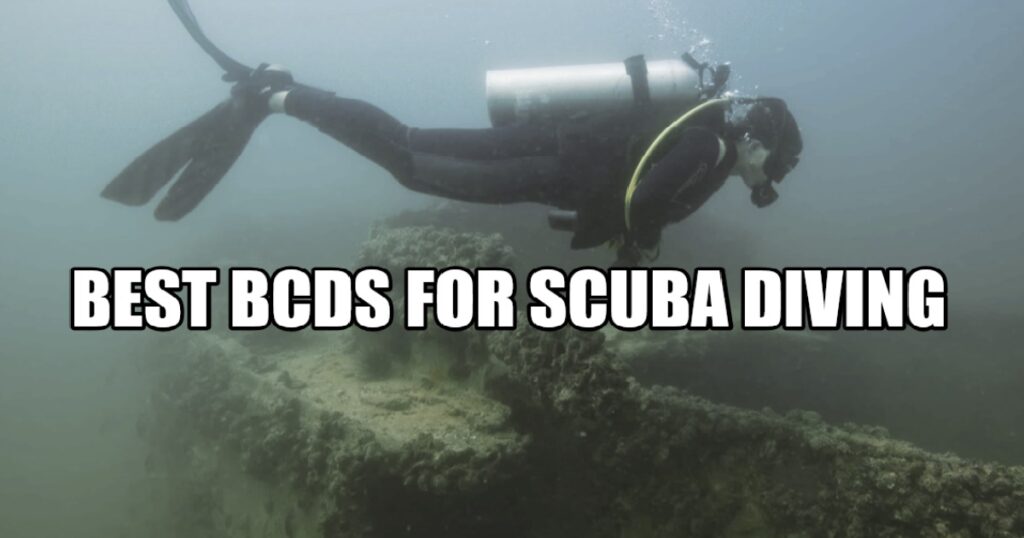
The best BCD for scuba diving is the one that fits your needs. It’s important to find a buoyancy compensator that fits well and is comfortable to wear. You’ll also want to make sure you get a diving vest that has good durability so it doesn’t tear or fall apart while you’re underwater exploring new places. There are many different types of BCDs on the market today, but here are some of the best:
List of 11 best BCDs
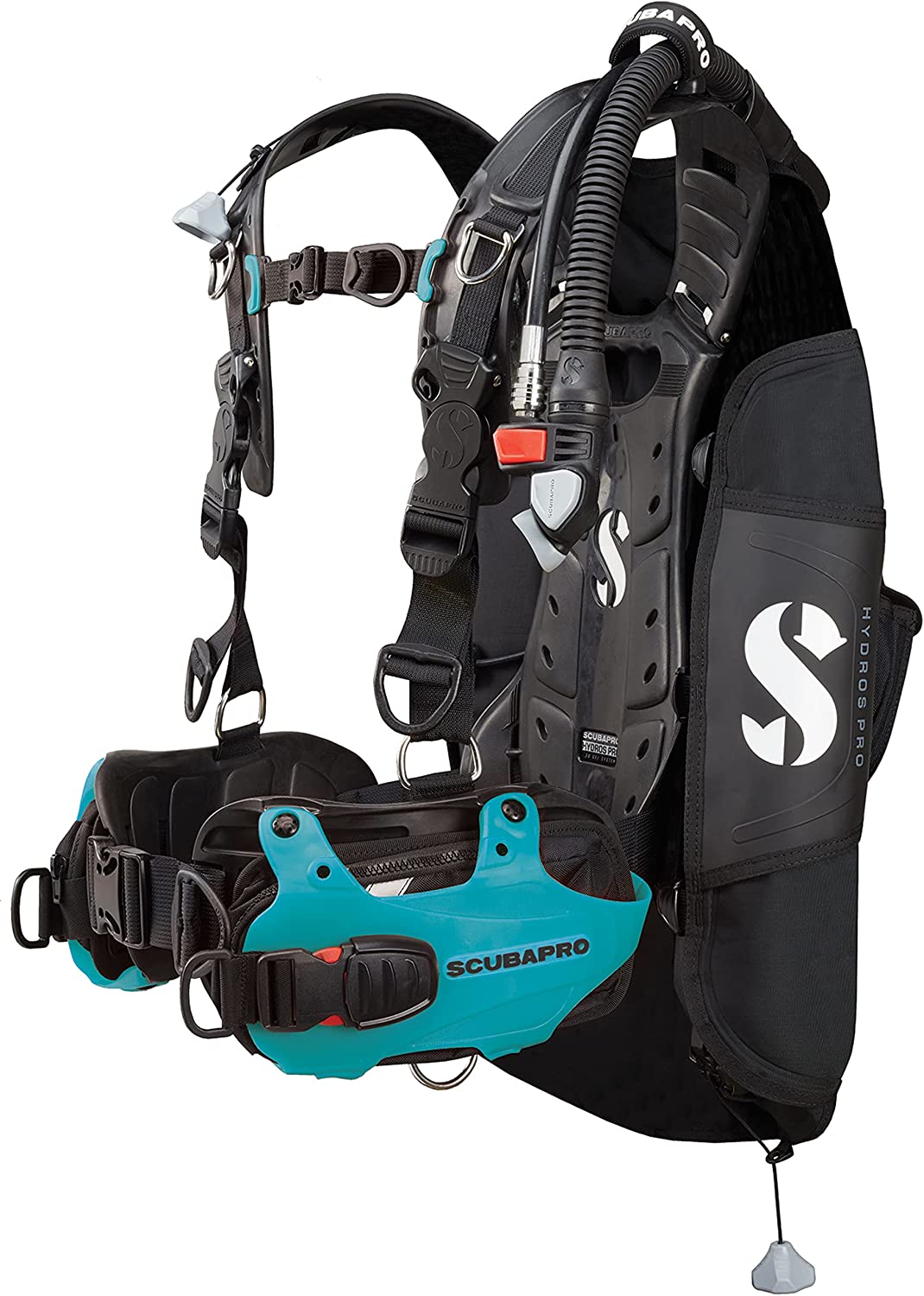
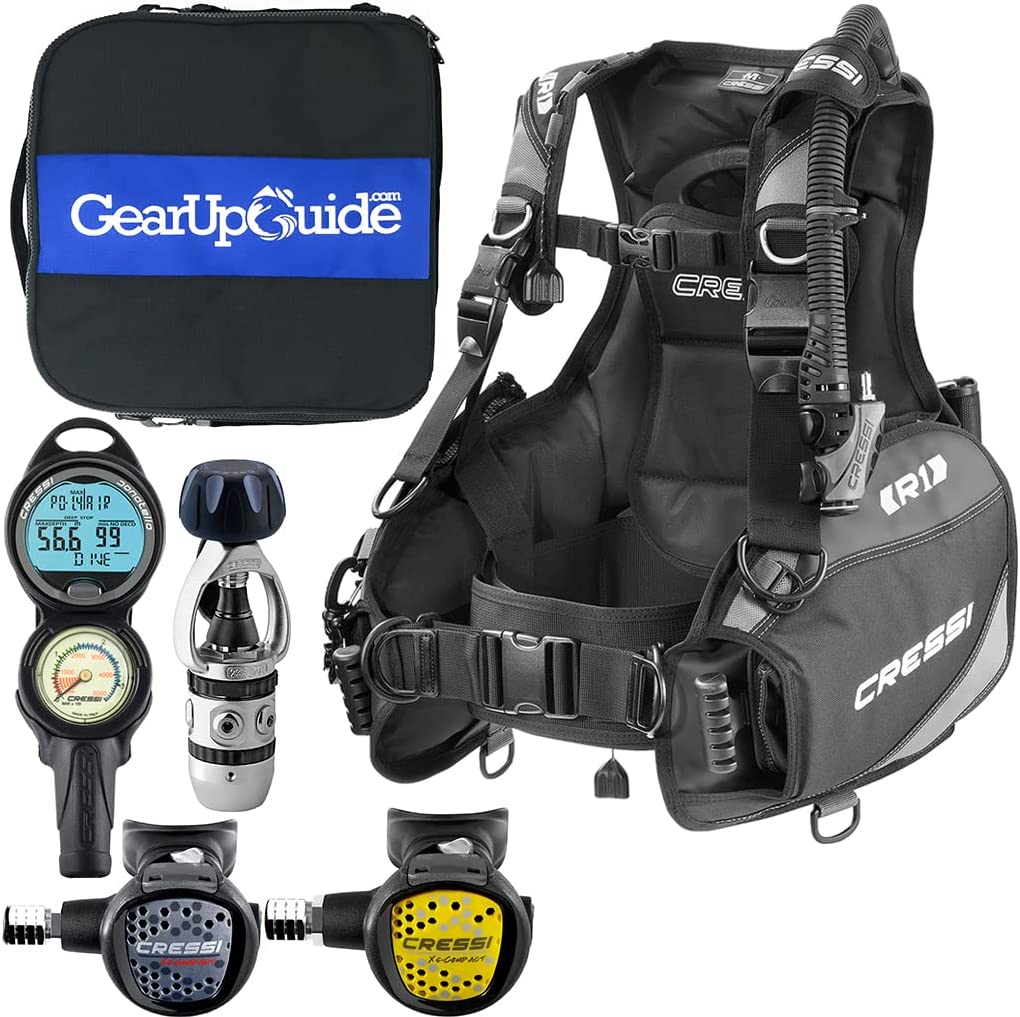
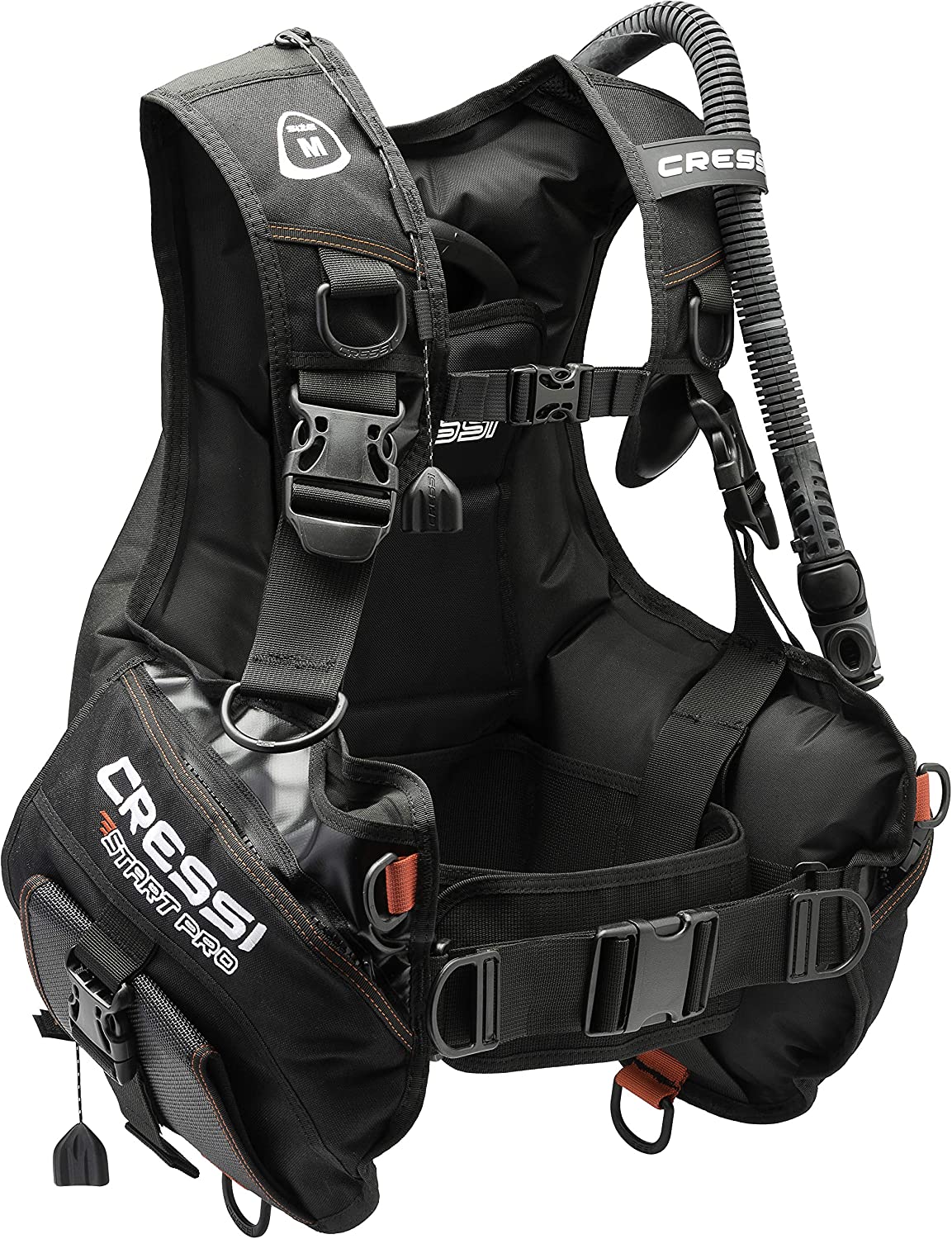
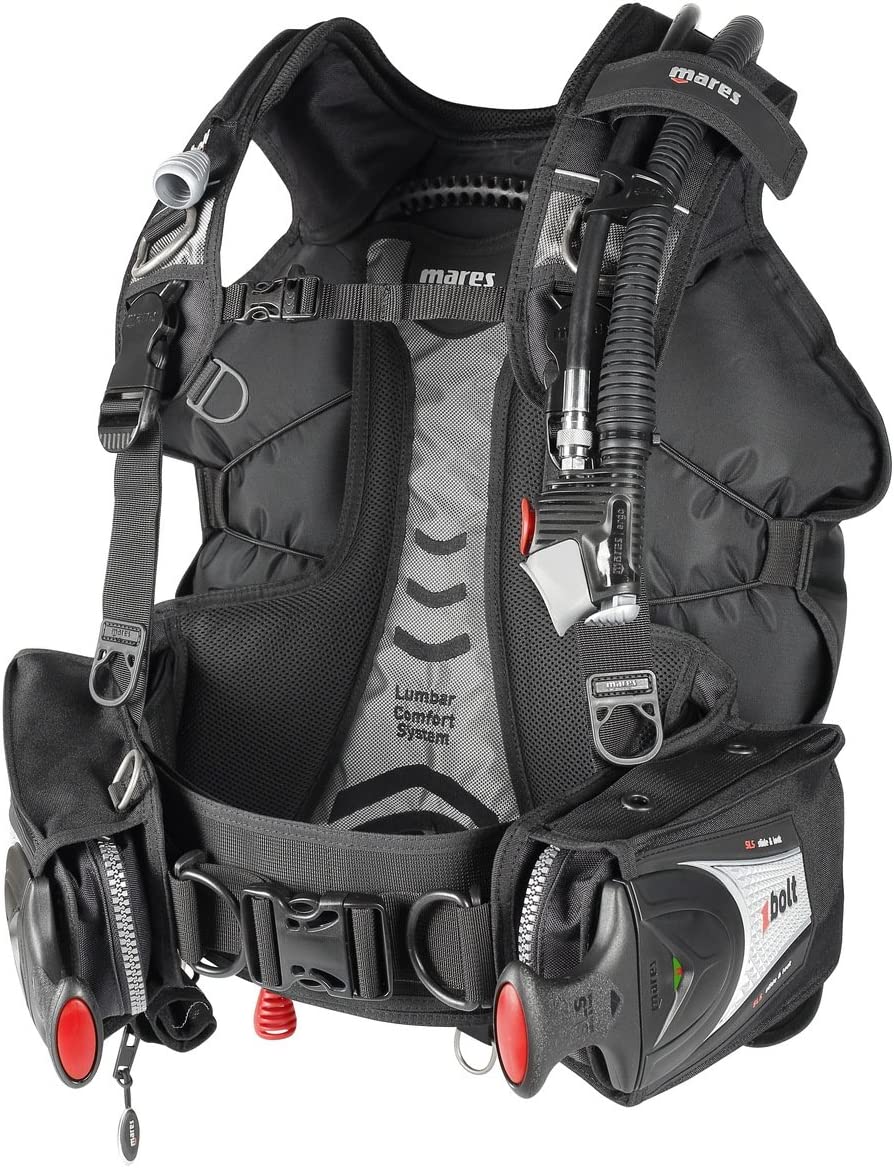
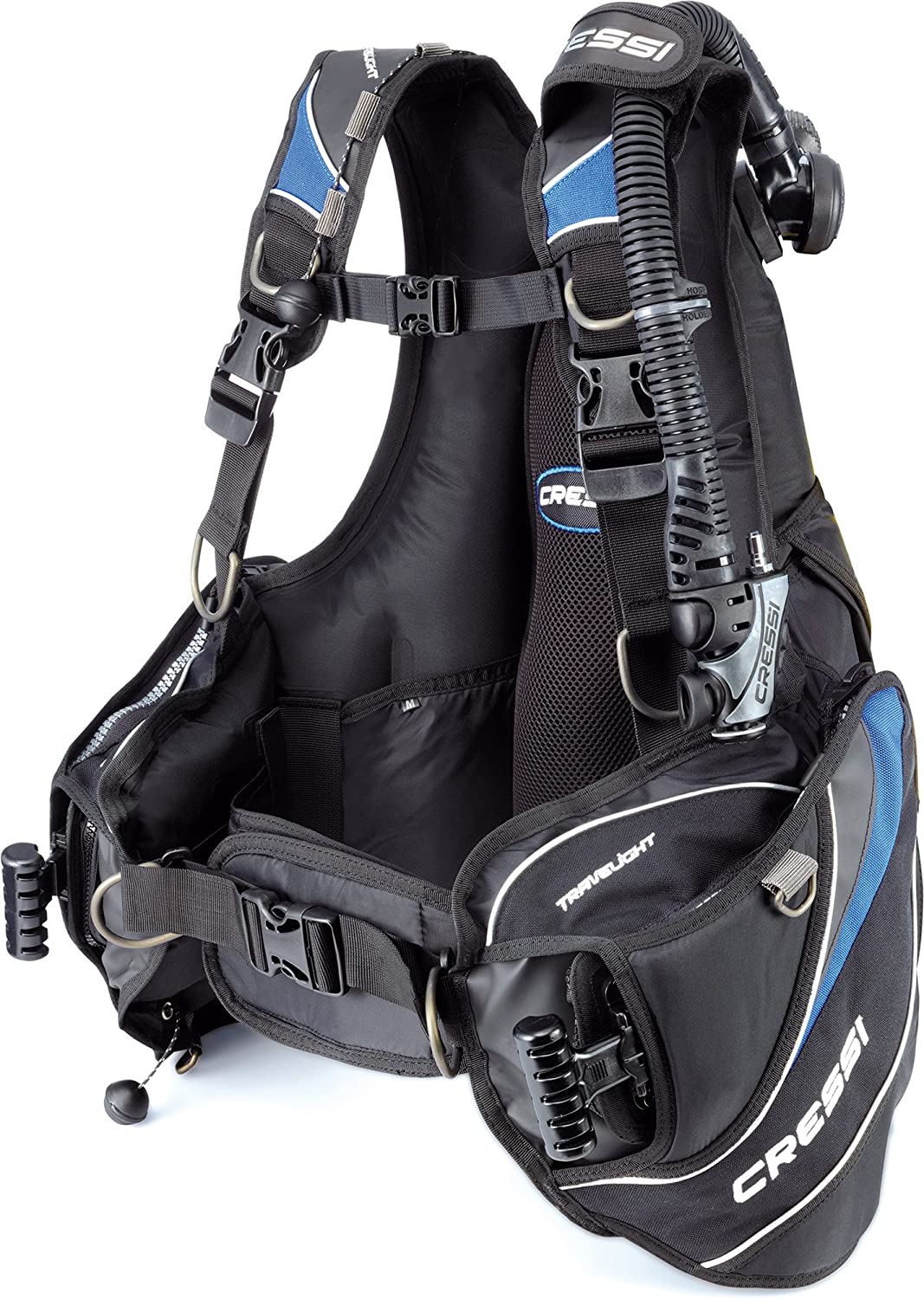
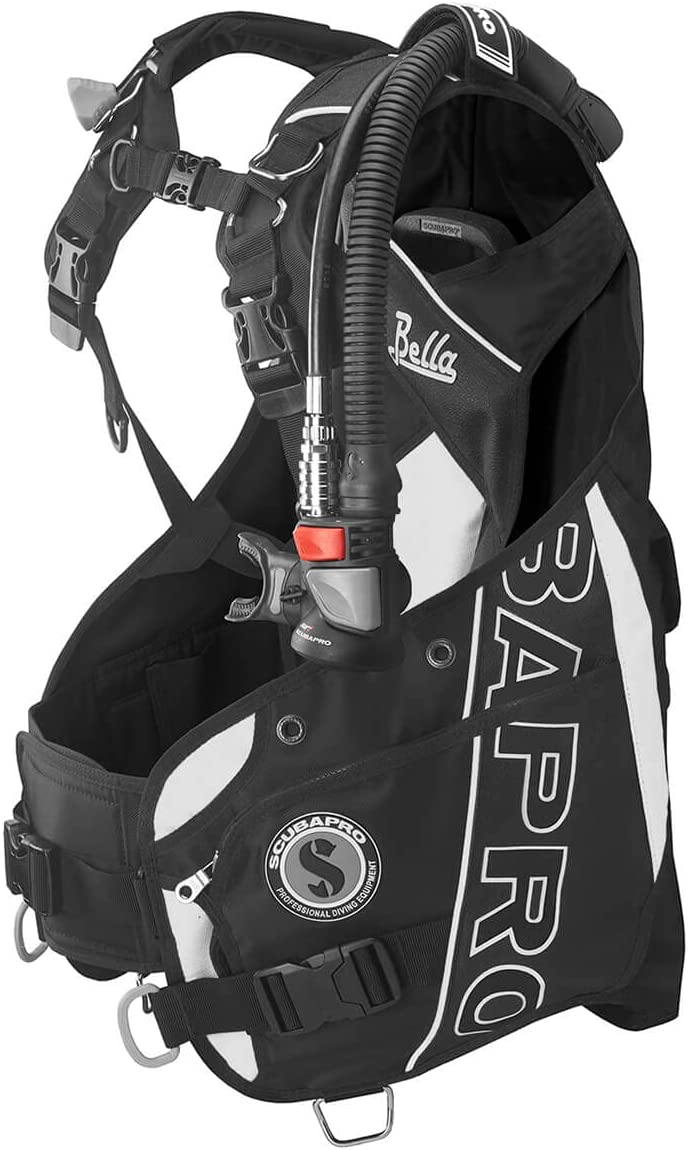
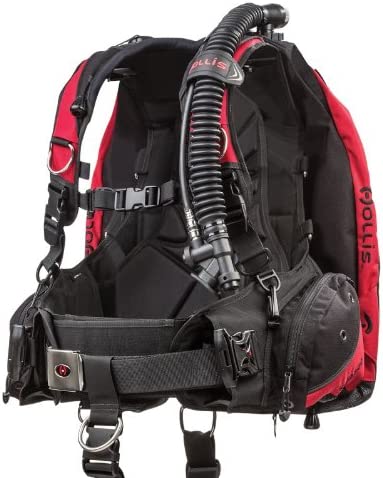
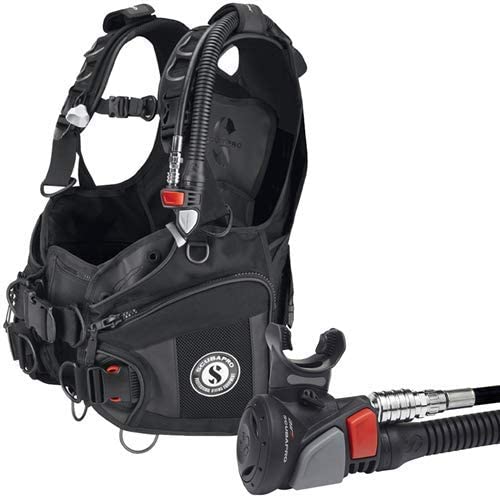
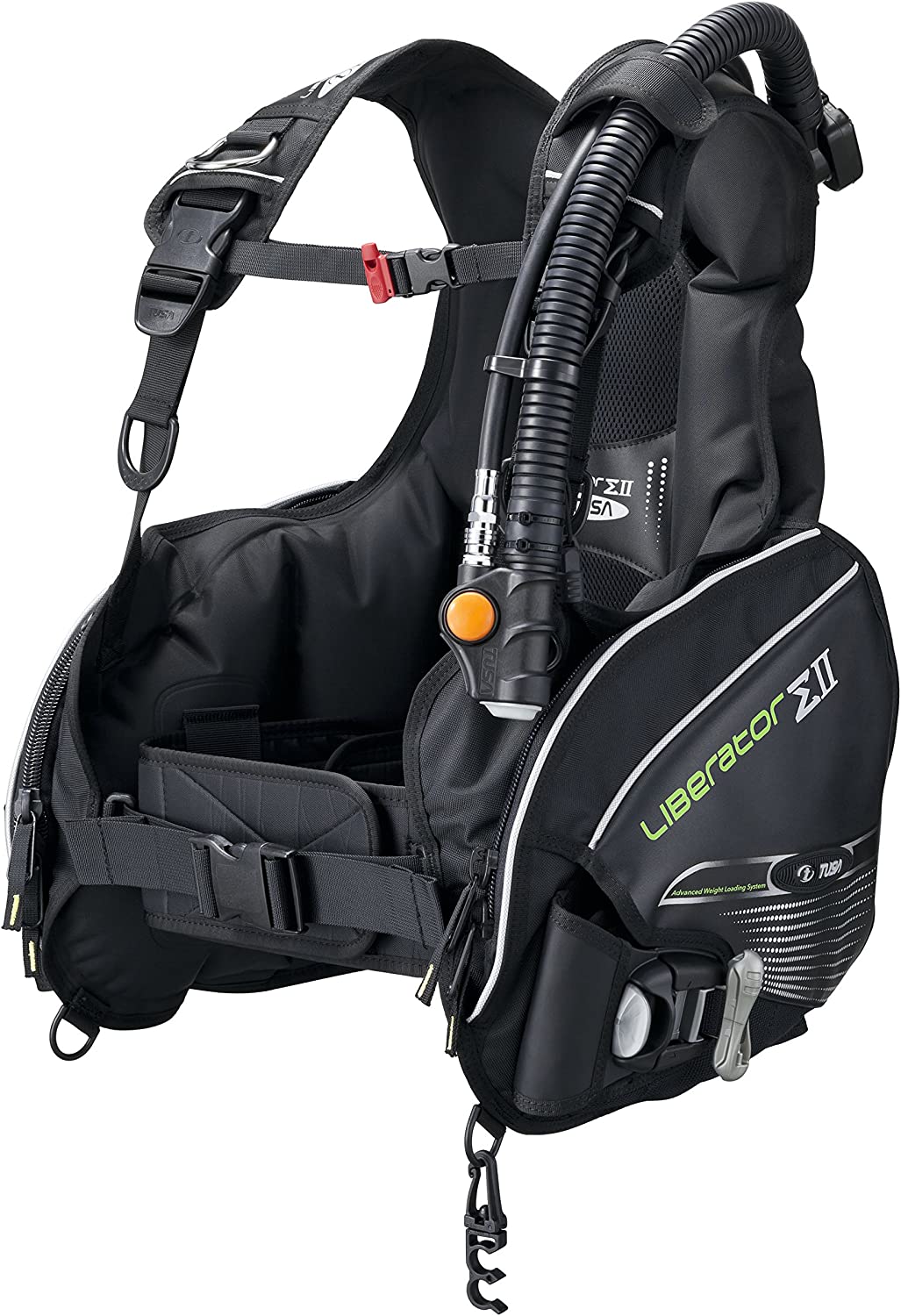
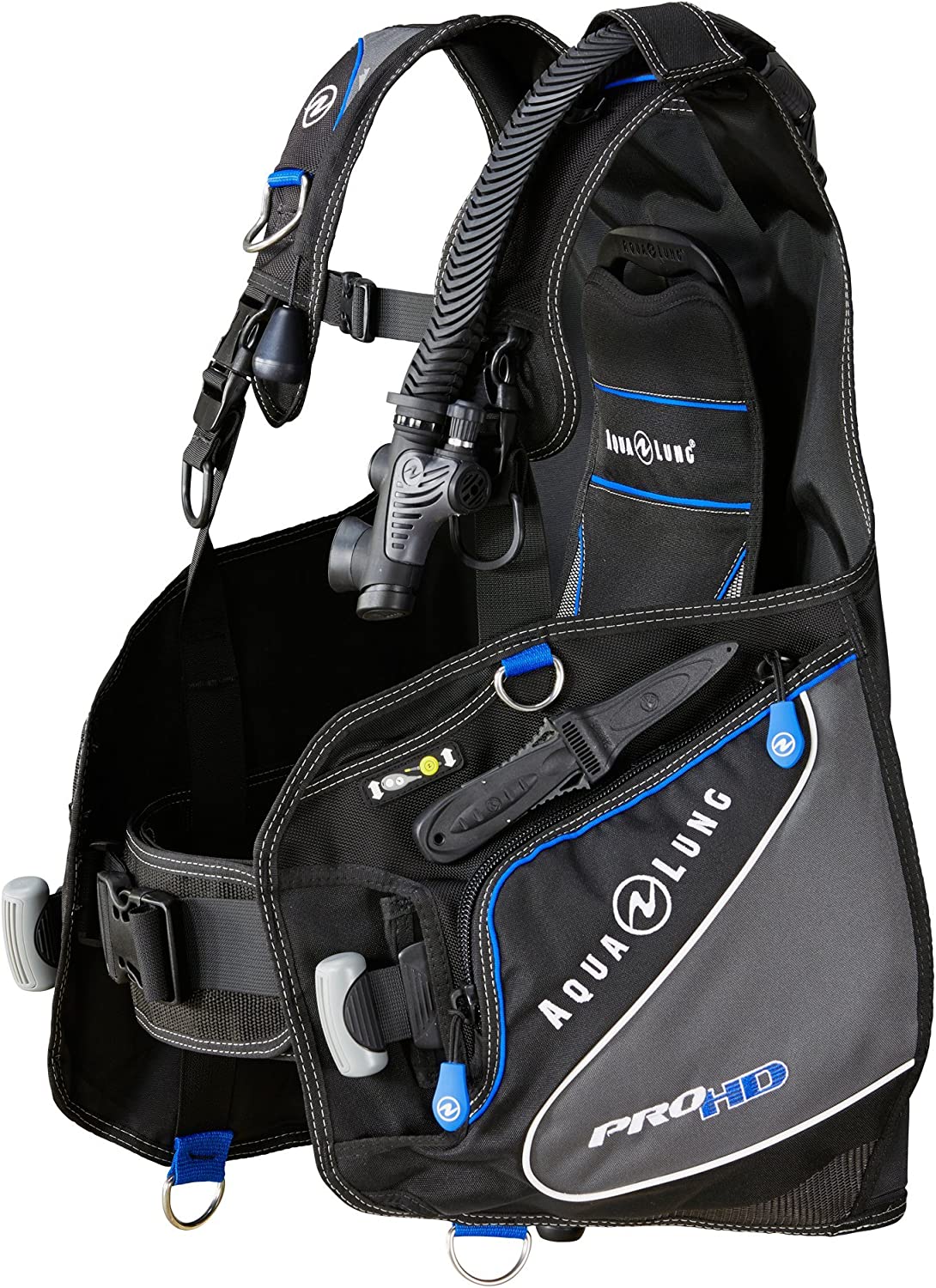
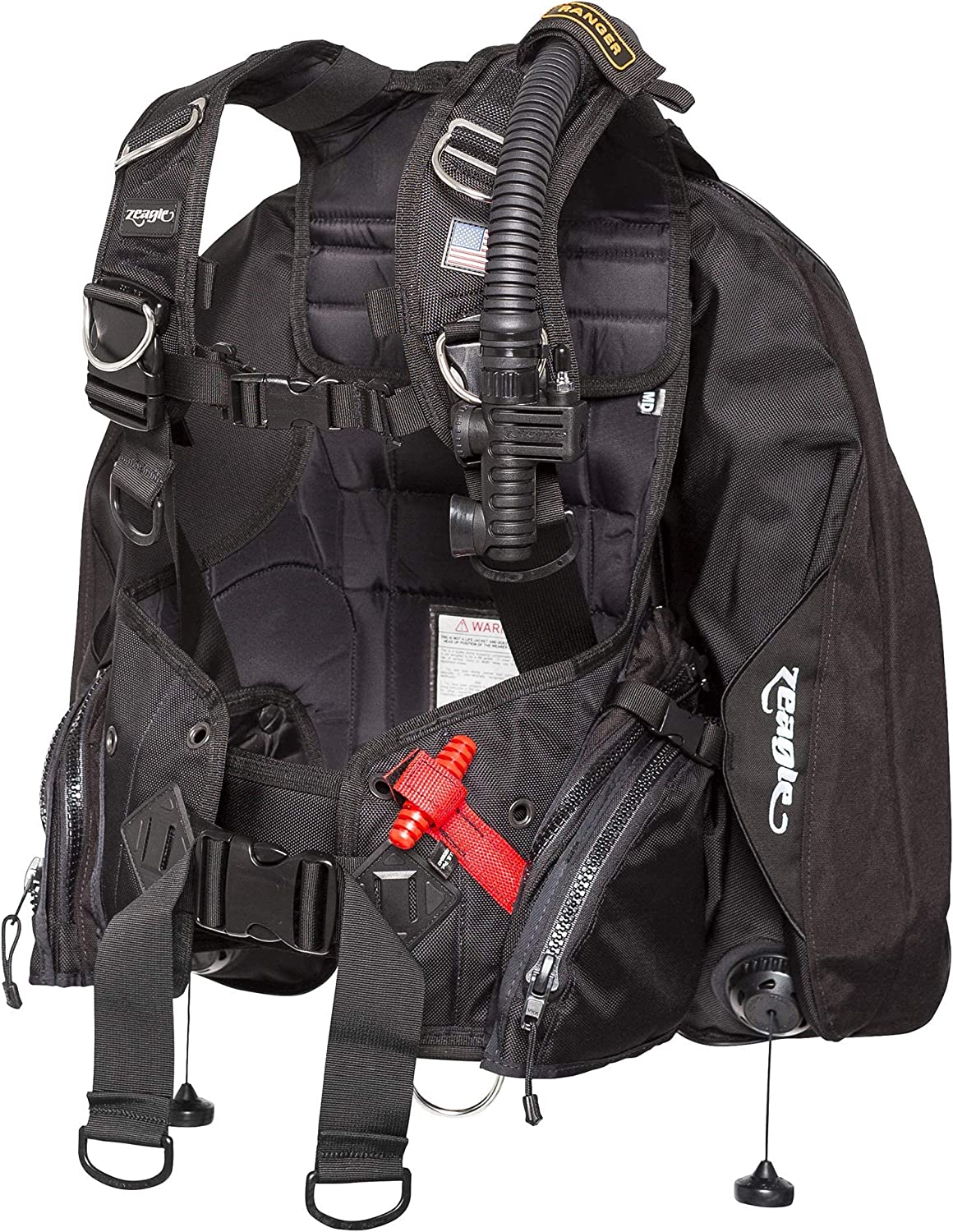
What is a BCD?
The buoyancy compensator (BC) is a piece of equipment that is used by scuba divers to control the amount of positive buoyancy they have in the water. It inflates to keep you afloat and can be adjusted based on your needs. The main purpose of this device is to help prevent you from sinking too deep underwater or ascending too quickly.
A BCD has different components:
- The harness is what you wear around your waist and shoulders, attaching the tank to the rest of your gear. It also holds other accessories like knives and lights through various pockets on its surface.
- The jacket is part of most back-mounted units; it wraps around your torso with an air bladder inside that inflates when pressurized air is pumped into it via tubes connected directly under each armpit (called “over inflation”). This helps keep you afloat when swimming horizontally through the water at slow speeds without using fins or any other propulsion device except maybe treading with one foot off the bottom if needed due to current forces acting upon us while trying not to fall off our boat!
How to choose the best BCD for Scuba Diving?
Choosing a buoyancy compensator is not something that should be done lightly. There are many factors to consider, and if you don’t choose wisely, it can have disastrous consequences for you and your dive buddy.
- Comfort: The first thing to look for in the best BCD is comfort. It doesn’t matter how high-end or well-regarded the BC is if it doesn’t fit well and causes discomfort while diving. Make sure that the straps are adjustable enough so that they fit comfortably around your body type without being too tight or loose (you don’t want them cutting off circulation). Also, make sure there are enough pockets on the front of your jacket so that all of your gear has somewhere safe to go while underwater!
- Lightweight: You want something light enough so that when combined with other equipment like fins and masks/snorkels etc., won’t cause strain on arms/shoulders while swimming through water but still sturdy enough not to fall apart after one use (no one wants broken equipment!).
What to look for when buying a BCD?
The best scuba diving BCDs are comfortable and make it easier for you to dive safely. A good BCD will keep you on the surface, keep your gear attached securely, and allow you to get around easily with all of your equipment. It should also be adjustable so that you can use it as long as possible without having to buy another one.
1. They should be comfortable and secure
Before you purchase a BCD, try it on and make sure that it fits well. The most important thing about it is that it’s comfortable and secure.
- It should be adjustable in several places so that you can customize the fit for your body type and diving needs. Make sure you can adjust both shoulder straps, as well as waist and crotch straps if necessary.
- The best way to test this is simply by putting on your wetsuit or dry suit with all of your gear (including fins) while wearing the BCD inside out so that there are no buckles or zippers in place yet–this will allow you to see if there are any areas where things don’t line up correctly when they’re fastened together properly later down the road!
2. You need multiple pockets
You will want to have a place for your regulator and octopus. This can be in the pockets on the front or side of it or it could be in a special strap that goes around your waist. You may also want to have a camera at hand, which will require another pocket on the back of it. The same goes for knives and weights you’ll want them close by so you don’t lose them! Finally, having somewhere secure for money and keys is always helpful during an underwater adventure!
3. The weight system is important
When you’re scuba diving, the weight system is important. It should be adjustable and allow you to add or remove weight easily. It should also be able to add or remove weight quickly so that it doesn’t slow down your dive. Finally, the system must allow you to add or remove weight without removing the BCD and having to re-equip yourself with weights in between dives (which could take time).
4. Should be able to reach all of your tanks easily
The best BCD should be able to reach all of your tanks easily. This means that when you are in the water, it should not be difficult for you to grab onto one of your tanks and pull it up to your shoulders.
You should also be able to reach the inflator and dump valves on each of these tanks with ease. If this is not possible, then there may be an issue with how low-cut the BCD has been designed or what kind of material it’s made from (i.e., whether or not it’s flexible enough).
Finally, check if there are any zippers or velcro straps near where each weight system connects; if so make sure they’re accessible without having to take off any other equipment first!
5. It’s a big investment, so get the one that fits best for you.
If you are going to invest in this, make sure it fits your body type and is easy to adjust. You’ll also want to look at the number of pockets on it and how comfortable it feels when you put it on.
6. Getting a good bcd can make scuba diving easier and safer.
Scuba diving can be an intimidating sport to pick up, but with the right equipment, it can also be one of the most rewarding experiences you’ll have in your life.
A good BCD is essential for scuba diving safety. They will help you to maintain control while underwater and make it easier for you to stay afloat when necessary. They also come with plenty of storage space so that all of your gear has a place to go while on dive trips or during practice sessions at home!
BCD Types
There are four main types of BCDs: backplate and wing, semi-closed inflate, integrated weight system, and emergency breathing system (EBS) backpack. The type of you choose depends on your needs as a diver.
1. Backplate and Wing
A backplate and wing are the two main pieces of a scuba BCD. The backplate is the part that sits against your chest, while the wing is the part that sits against your lower back.
It inflates to keep you afloat in water, allowing you to dive deeper and longer than without one.
2. BCD with integrated weight system
A BCD with an integrated weight system incorporates weight into itself. This allows divers to easily add or remove weight as needed, which helps them adjust for different dive conditions.
For example, if you’re diving in rocky or sandy areas where there are lots of currents, you may need more weight than usual to stay on the bottom. On the other hand, if you’re diving in clear water and there aren’t any strong currents at all–or even if you want to make sure that your buoyancy stays exactly where it is–then lessening or removing some of your ballast would be appropriate.
3. Semi-closed inflate
Semi-closed inflate BCDs are similar to the backplate and wing, but with a semi-closed inflation system. It is a hybrid of the backplate and wing, as well as the closed inflate BCD. This type can be used for both recreational diving and technical diving.
4. Emergency breathing system (EBS) backpack
An emergency breathing system (EBS) backpack-style BCD is a type of scuba diving equipment that has an emergency breathing system. It can be used by scuba divers who have run out of air and need to breathe underwater, but it’s also helpful if you want to practice using your regulator in case your tank runs out during training or another dive.
The EBS backpack has a regulator and tank attached to it, just like any other does; however, the difference here is that this one allows you to breathe without having any tanks attached! If anything goes wrong during your dive (like losing air), all you have to do is turn on the valve on top of this device and begin breathing through it immediately–no need to worry about getting back up onto shore before starting over again with another tank full of the oxygenated mix just yet!
How does it work?
The BCD is worn like a jacket, with adjustable straps to ensure a snug fit. The device is made up of three main components: the bladder, the inflator mechanism, and the deflator mechanism.
The bladder is a waterproof chamber located on the back of it. It is filled with air from the tank through the inflator mechanism, which is usually a hose with a button or lever that the diver can use to add air to the bladder. The bladder can also be manually deflated using the deflator mechanism, which is typically a valve that the diver can open to release air from the bladder.
The amount of air in the bladder determines the diver’s buoyancy. Adding air to the bladder makes the diver more buoyant while releasing air makes the diver less buoyant. By controlling the amount of air in the bladder, divers can maintain neutral buoyancy and easily move up and down in the water column.
In addition to controlling buoyancy, it also has other features that make scuba diving safer and more comfortable. For example, many BCDs have pockets for storing equipment, as well as straps for attaching tanks and other gear. Some also have integrated weight systems, which allow divers to carry weights on them instead of on a weight belt, providing more comfort and flexibility.
Overall, it is a crucial piece of equipment that allows divers to control their buoyancy and stay safe while exploring the underwater world.
Breathing with BCD
Breathing with a BCD (Buoyancy Control Device) while scuba diving is essential to maintaining proper buoyancy control and ensuring a safe and comfortable dive. Here are the steps to follow when breathing with it:
- Inflate the BCD: Before entering the water, inflate it by adding air to the bladder using the inflator hose. It will become buoyant and help you float on the surface.
- Descend: As you begin to descend, release air from it by pressing the deflate button on the inflator hose. This will allow you to sink to the desired depth.
- Control your buoyancy: Once you reach your desired depth, control your buoyancy by adjusting the amount of air in it. If you need to ascend, add air by pressing the inflator button on the inflator hose. If you need to descend, release air by pressing the deflate button.
- Breathe normally: Breathe normally through the regulator while monitoring your buoyancy and adjusting the amount of air in it as needed.
- Surface: When it’s time to surface, inflate fully by holding down the inflator button on the inflator hose. This will allow you to float on the surface and conserve energy while waiting for the boat or shore.
It is important to remember to never hold your breath while scuba diving, as this can cause serious injury or even death. Always breathe normally and monitor your buoyancy carefully while diving with a BCD.
Benefits of BCD
The BCD has many benefits for the scuba diver. It helps keep the diver at a neutral buoyancy, which means that they will neither sink nor float up to the surface. This is useful because it prevents accidents from occurring where a diver accidentally sinks too deep into the water and will not be able to get back up without assistance from another person or object like an anchor line.
It also allows you to ascend and descend freely without restriction by using air tanks or weights attached to your waist belt or harnesses so that you can move around underwater without having any extra force pulling down on your body due to excess weight being held in place by those devices instead of being carried around freely inside pockets located inside each leg pocket where most people store their phones while diving deep into depths where phone signals aren’t available yet still want access so they can take pictures during their trips!
How tight should a BCD fit?
A BCD should fit snugly, but not so tight that you can’t move your arms.
The fit is important for a few reasons. First, if it’s too loose, it will be harder to control your buoyancy and make changes in depth. Second, if it’s too tight, you could experience pain or even nerve damage when wearing it.
Most BCs are designed to fit snugly without being uncomfortable. If yours doesn’t feel quite right, try loosening or tightening the straps until you find a good fit.
How much lift do you need in BCD?
The amount of lift needed in a BCD (Buoyancy Control Device) depends on a variety of factors, including the diver’s body weight, the type of exposure protection worn, the weight of the diving equipment, and the depth of the dive.
As a general rule of thumb, a diver should have enough lift to compensate for the total weight of their diving equipment and exposure protection, plus an additional 10% for safety. So, if a diver weighs 150 pounds and wears a wetsuit that provides 20 pounds of buoyancy, their BCD should have a minimum lift capacity of 35 pounds (150 pounds + 20 pounds x 110% = 35 pounds).
However, it is essential to remember that this is just a general guideline, and the actual amount of lift required will vary depending on individual circumstances. For example, if a diver is diving in cold water and wearing a drysuit that provides greater buoyancy, they may require it with a higher lift capacity.
It is also important to note that having too much lift in it can be just as problematic as not having enough. Overinflation can lead to difficulty controlling buoyancy and can make it challenging to maintain proper positioning in the water.
Ultimately, the amount of lift required in a BCD will vary depending on the individual diver’s needs and circumstances. It is essential to consult with a knowledgeable diving professional to determine the appropriate lift capacity for your specific diving needs.
How much to spend on this gear?
The cost of a BCD (Buoyancy Control Device) can vary widely depending on the brand, features, and materials used in its construction. As with any diving equipment, it is essential to invest in a high-quality BCD that meets your needs and fits your budget.
As a general guideline, a good-quality BCD can cost anywhere from $300 to $800. However, they are also available at lower and higher price points. Lower-priced may have fewer features and be less durable, while higher-priced BCDs may offer more advanced features, such as integrated weight systems or multiple attachment points for gear.
When considering how much to spend on it, it is important to prioritize safety, comfort, and durability over cost. A high quality can provide many years of reliable service, making it a worthwhile investment for serious divers.
It is also worth noting that buying a used BCD can be a cost-effective option, but it is important to ensure that it is in good condition and has been properly maintained. Buying used from a reputable dive shop or seller can help ensure that you are getting a quality product.
Anyways, the amount you should spend on it will depend on your individual needs, preferences, and budget. It is essential to do your research, compare options, and consult with a knowledgeable diving professional before making a purchase.
Some tips by experts:
The best BCD for scuba diving should be comfortable, lightweight, and durable. The quality of the material used to make will determine whether it lasts you a long time or not. Some divers prefer soft-shell jackets while others opt for hard plastic ones; both have their pros and cons but ultimately it comes down to personal preference.
Another thing to consider when choosing it is its weight system: whether you want one with integrated weights or separate pockets that hold extra weights on the outside of your jacket (this can be handy if you’re traveling).
Conclusion
In conclusion, selecting the right is crucial to ensuring a safe and comfortable diving experience. A good Scuba BCD should provide excellent buoyancy control, be comfortable to wear, and have sufficient storage and attachment options for diving equipment. Our award for the best BCD goes to Scubapro Hydros Pro w/Air 2 after reviewing all the above BCDs because it is perfect in all situations. Additionally, integrated weight systems can provide added convenience and comfort for divers. With so many options available on the market, it can be challenging to choose the best Scuba BCD. However, by considering factors such as the type of diving, body type, and personal preferences, divers can find the perfect one that suits their needs. With high-quality Scuba, divers can enjoy the freedom and excitement of exploring the underwater world while maintaining control over their buoyancy and safety.
